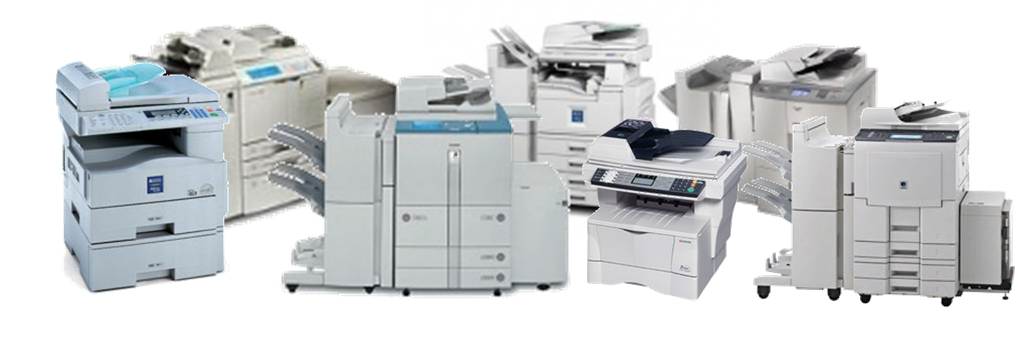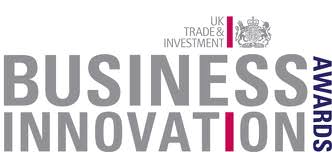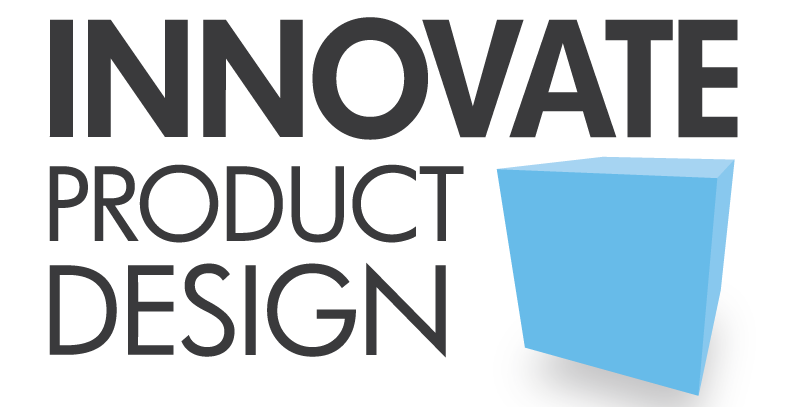Our Inventor of the Month was an American physicist, inventor and a patent attorney. He is known for inventing a process that produces a dry copy instead of a wet copy, which is called electrophotography also known as xerography. He was born on February 8th, 1906 and died on September 19th, 1968. Do you know who it is?If you guessed Chester Floyd Carlson, you are correct! Did you know that Chester started working at the age of eight to support his family due to his parent’s illnesses? His father had tuberculosis and his mother had malaria. By high school, Chester was the sole provider for his family. After high school he entered into a work/study program at Riverside Junior College in Riverside, CA studying chemistry, but switched to physics. He then transferred to the California Institute of Technology and graduated with a Bachelor of Science degree in Physics.While at Bell Telephone Laboratories, he worked as an assistant to one of the patent attorneys and during his time at Bell, Chester wrote over 400 new invention ideas. Chester believed there had to be a better way to copy documents due to the fact that he frequently needed copies of patents, patent specifications and drawings. So he started thinking of a new invention developing on the new idea of taking an existing document and copying it on a new piece of paper. He was fired from Bell Telephone Labs in 1933 and it wasn’t until 1936 that Chester started experimenting with his idea of building a copying machine. Chester knowing how important patents were started patenting his developments every step of the way and on the 18th of October, 1937, he filed his first preliminary patent application and on the 6th of October, 1942, the United States Patent & Trademark Office granted him a patent on electrophotography.It wasn’t until the 22nd of October, 1938, that Chester and his partner Otto Kornei, created the first dry copy through electrophotography. They did this by darkening the room and preparing a zinc plate with a sulfur coating that they then rubbed with a cotton handkerchief (to created electrostatic charge) then applied a slide that said 10-22-38 ASTORIA and exposing it to bright light. After removing it they then sprinkled lycopodium powder to the sulfur and blew away the excess then transferred the image to wax paper. When they heated the paper, the wax softened and the lycopodium stuck to it and created the first xerographic copy. Chester thinking he hit the jackpot was sorely mistaken, 20 companies turned him down for funding between 1939 and 1944. He even tried to license it to IBM, but got turned away. It wasn’t until December of 1946 that Chester Carlson signed the first agreement to license electrophotography for a commercial product with the company Haloid that later became Xerox Company for $10,000. Through the years, Haloid continued to do research and develop the electrophotography machine. In 1948, they came out with the XeroX Model A which was difficult to use, had 39 steps to make one copy and you had to do it manually. Through more design development, in 1959, Haloid came out with the Xerox 914, which was hugely successful due to its ease of use, its design and low operating costs. The commercial success of the Xerox 914 was the result of Chester Carlson’s life work of creating a device that could make an exact copy of an existing document quickly and cheaply.Even though Chester Carlson had some ups and downs with his new invention idea, electrophotography, he persevered and now has been considered one of the leading pioneers in technology. So much so that he was inducted into the National Inventors Hall of Fame in 1981.Further Reading:
It wasn’t until December of 1946 that Chester Carlson signed the first agreement to license electrophotography for a commercial product with the company Haloid that later became Xerox Company for $10,000. Through the years, Haloid continued to do research and develop the electrophotography machine. In 1948, they came out with the XeroX Model A which was difficult to use, had 39 steps to make one copy and you had to do it manually. Through more design development, in 1959, Haloid came out with the Xerox 914, which was hugely successful due to its ease of use, its design and low operating costs. The commercial success of the Xerox 914 was the result of Chester Carlson’s life work of creating a device that could make an exact copy of an existing document quickly and cheaply.Even though Chester Carlson had some ups and downs with his new invention idea, electrophotography, he persevered and now has been considered one of the leading pioneers in technology. So much so that he was inducted into the National Inventors Hall of Fame in 1981.Further Reading:
- http://en.wikipedia.org/wiki/Chester_Carlson
- http://www.xerox.com/innovation/chester-carlson-xerography/enus.html
- http://www.britannica.com/EBchecked/topic/96110/Chester-F-Carlson
At Innovate, we are here to help you, the individual inventor, take your new invention idea or new product idea to market. We are a product design company that helps inventors design, develop and protect their new inventions. We are also here to educate you on the process and how to be commercially successful with an invention.


